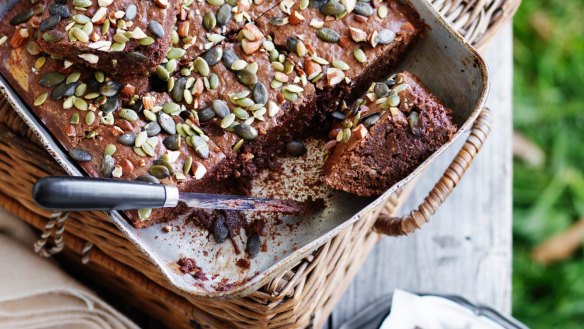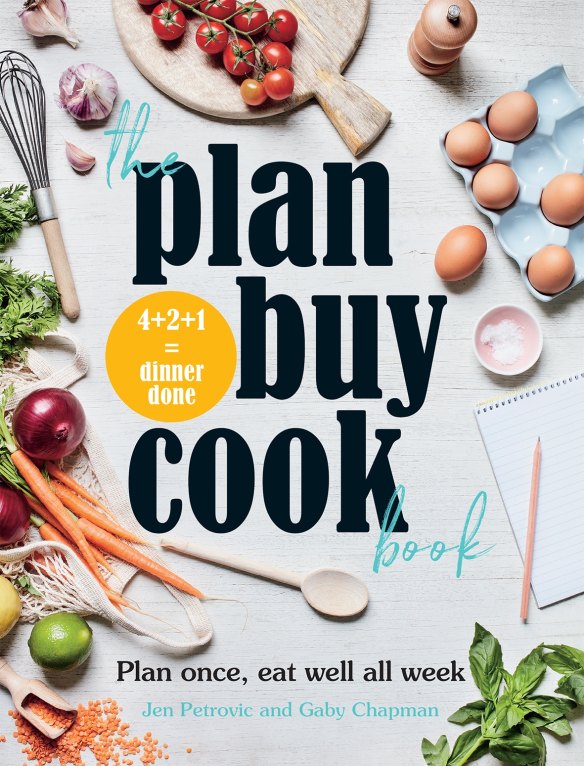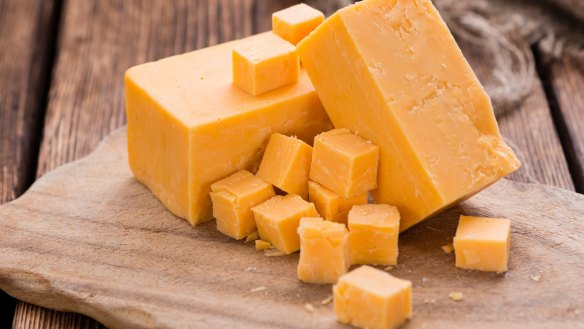Small swaps for big savings from The Plan, Buy, Cook Book

- Nine steps to shopping well, shopping once from The Plan, Buy, Cook Book
- How to love your leftovers: Tips from The Plan, Buy, Cook Book
- Jill Dupleix's breakfast brownies recipe
Make small swaps for big savings with these tips from the authors of The Plan, Buy, Cook Book, Jen Petrovic and Gaby Chapman.
We are all looking to save money at the checkout without compromising on the food we eat. Here are some small changes that can have a big impact on your weekly family food budget.
Use cheaper cuts of meat
Having some great recipes that use beef shin (often labelled as "gravy beef"), pork neck (often labelled pork scotch) or chuck steak rather than eye fillet and other expensive cuts can make meat more affordable. These cheaper cuts generally require longer cooking, but they have great flavour. For meat at a lower cost, look for tasty meals that use minced chicken, turkey, pork, lamb, veal or beef. Supermarkets are practically giving away chicken drumsticks now, so think about ways to use them too.
Cheese please

Block cheese is the cheapest way to get your fill of cheddar. While we can now buy it sliced, grated or as individually packed cheese sticks, you can save about $5 a kilo (at least) by buying it as a block and doing the slicing, cutting and grating yourself. Get the kids used to blocks or batons of cheese in their lunchbox, rather than packaged cheese sticks. Saves on packaging too.
Flavoured or squeezy yoghurt
Make your own flavoured yoghurt by buying plain or Greek yoghurt in bulk and mixing it with vanilla and a bit of icing sugar, grated apple and cinnamon, or simply puree any frozen berries, mango or banana you already have in the freezer. Kids can choose their favourite flavours, and you control the ingredients. Or learn to love plain or Greek yoghurt – it is so versatile, goes with many meals and can double as a snack.

Ugly vegetables
You can save on fresh vegetables by choosing the less glamorous ones on sale. They taste the same but may not look as perfect as the full-priced equivalent. Overripe bananas for smoothies and banana bread are often discounted substantially. Grab them while you can. You can always freeze what you do not need immediately for later use.
Wholegrain cereal
There is so much more value in wholegrain breakfast cereal than flavoured cereal. You get twice the amount of cereal in a standard family-sized box for about a third of the cost by weight of its sweetened counterparts. Wholegrain cereal is also healthier and more filling, so the kids (and other family members) will last longer without the need for more food.
Make your own marinades
Buying meat that has already been marinated is more expensive than buying plain meat.
If you make your own simple marinades, you can save money and control the sugar and salt content yourself. Many homemade marinade recipes only have a few ingredients, but they are still loaded with flavour.
Swap in a vegetarian food
Cutting meat out of at least one meal a week is a sure-fire way to save. Try bean quesadillas, vegetable lasagne, chickpea curry or vegetable stir-fry. The key is to ensure the meal is tasty and filling enough so that the kids don't miss the meat on the plate.
Homemade muesli bars and snacks
Rolled oats are so cheap they are almost free, so whipping up your own muesli bars with a few simple ingredients is a great way to save money and reduce food packaging. Same goes for most snack foods in the lunchbox – they are generally way cheaper to make than buy, and can be frozen in bulk.
Home brands
Your supermarket's home brand is a good alternative for saving on standard items such as flour, sugar and other pantry staples. Try out each product first in small amounts to ensure it doesn't affect the taste or your cooking. The difference to your savings can really add up over the course of the year.
Juice and soft drinks
Lose the juice from the weekly shop. It is expensive and full of sugar without much fibre. Soft drinks may be cheap but, again, are no good for you or your teeth. Save them for special occasions. Stick to milk and water (it's free) and eat whole fruit. Your teeth and your sugar levels will thank you.
Buy in bulk
Buying certain pantry staples (such as oils and sauces) in bulk can save money – compare prices between smaller bottles of olive oil and large metal canisters, for example.
The savings are in the bank.
This is an edited extract from The Plan, Buy, Cook Book by Jen Petrovic and Gaby Chapman published by Hardie Grant Books, $29.99. Photographer Bec Hudson. Buy now
Appears in these collections
The best recipes from Australia's leading chefs straight to your inbox.
Sign up